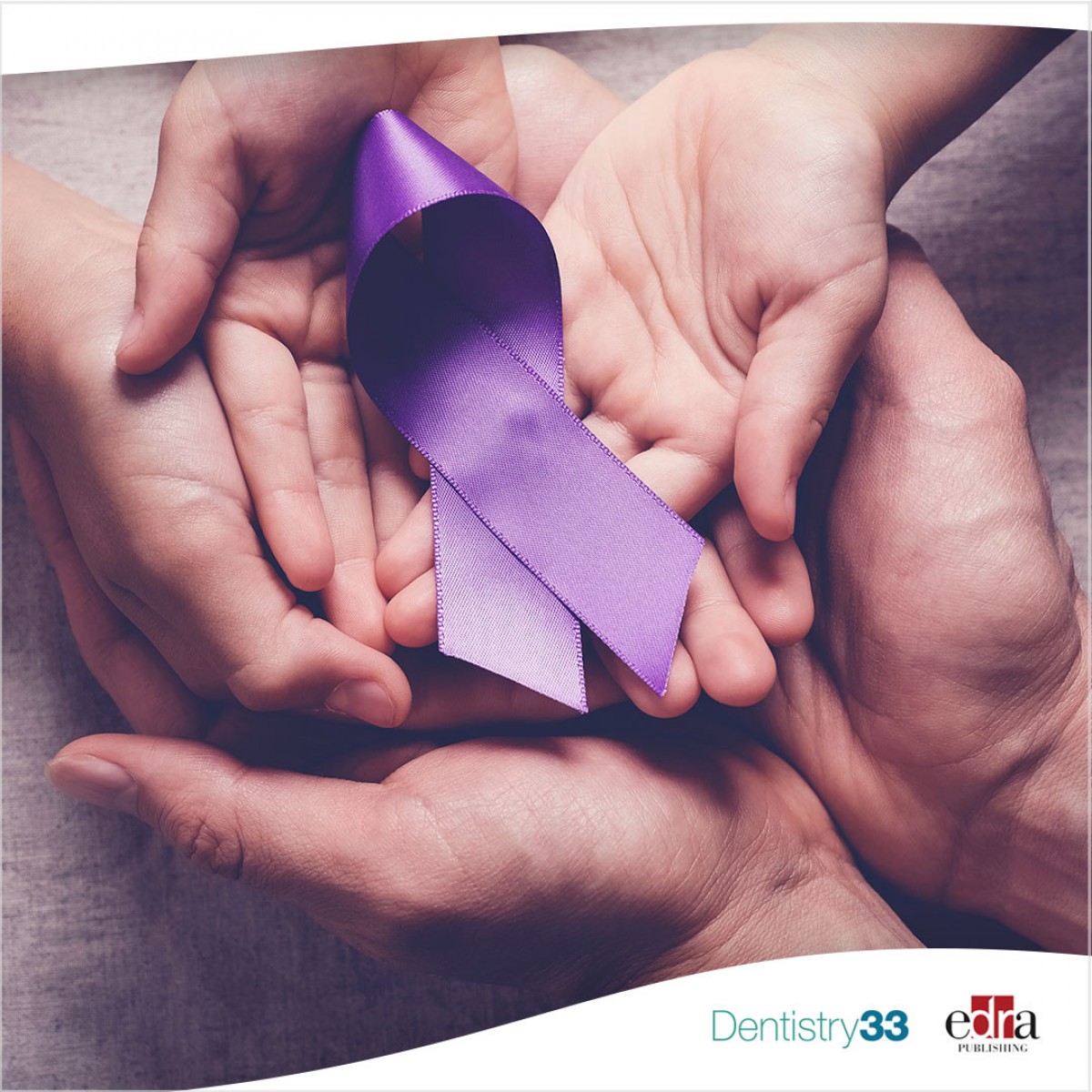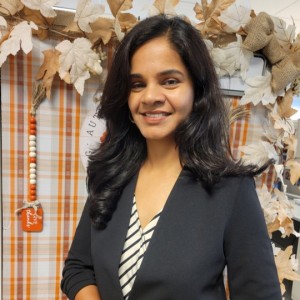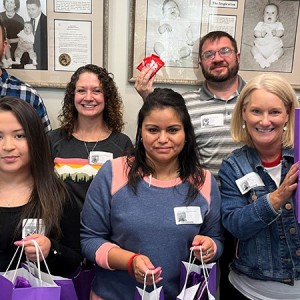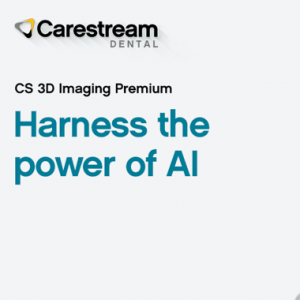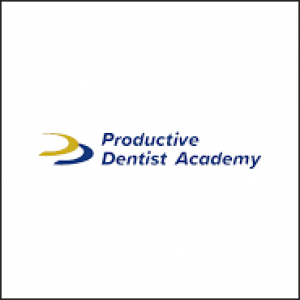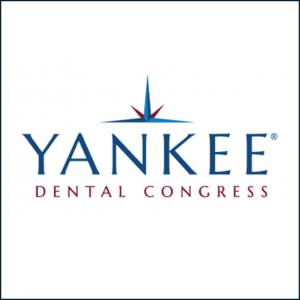11 February 2023
World Cancer Day: interview with Prof. Giovanni Lodi
By Valentina Viganò, University of Milan
In the world, tumors of the oral cavity, together with those of the larynx and pharynx, represent 10% of all malignant neoplasms in men and 4% in women. According to data from the American Institute for Cancer Research, around 4,500 cases are diagnosed in Italy every year of mouth cancers and about 3,000 deaths are recorded.
In the U.S., the American Cancer Society estimated that in 2023, clinicians diagnosed about 54,540 new cases of oral cavity or oropharyngeal cancer and about 11,580 deaths.
Unfortunately, this type of cancer is typically diagnosed in an advanced stage, when the tumor mass has grown to the point of requiring surgeries, often with poor results. For this reason, the role of dentists becomes central. It’s possible, every time they look into a patient's mouth, to identify suspicious lesions and investigate further, thus saving a life.
In recognition of World Cancer Day, celebrated earlier in February, we met Professor Giovanni Lodi, full professor of the Department of Biomedical, Surgical and Dental Sciences of the University of Milan and director of the Dentistry Department 2 of the San Paolo Hospital in Milan. Lodi is also the scientific director of Dental Cadmos. He is one of most appreciated oral pathologists that we know, and he has always fought to make dentists aware of the attention to the early diagnosis of this neoplasm.
Q: What is the impact of oral pathology on dentistry?
A: Oral pathology has a fundamental implication in dentistry, as it investigates possible alterations of the soft tissues of the stomatognathic system. In fact, it is very important to pay attention to any suspicious spot or ulcer and arrive at a definitive diagnosis. Among dental problems, there are not only those purely related to the health of the teeth, but also those affecting the soft tissues, such as the buccal mucosa, tongue, palate and lip.
Q: What type of clinical cases do you deal with during your clinical activity?
A: Oral cavity cancer is often still an unknown pathology for most people and patients. Due to poor awareness on the subject, many patients unfortunately underestimate the first signals that the oro-facial area sends them and only go to the dentist when the situation is already very compromised. People with oral cavity carcinoma have a high probability of survival only if intervention is made in its initial stages. Otherwise, the odds or outcome decreases considerably.
The type of patients affected by this tumor has changed over the years. The classic patient who was diagnosed with oral cancer was a male, over 60 years of age, a heavy smoker and a heavy drinker. In recent years, a new category of patients has appeared, with a decidedly younger age, without known risk factors and in which men and women are equally represented.
Q: What is the therapeutic interface, from diagnosis to appropriate treatment, for a patient diagnosed with oral cancer?
A: The role of dentists is fundamental because they represent the first specialist who can recognize this type of tumor as early as possible. Dentists have the essential task of investigating the presence and nature of oral lesions on the soft tissues of the mouth, performing diagnostic biopsies and explaining to the patient the situation and the therapeutic procedure.
In the case of oral cancer, the patient will have to undergo further diagnostic and radiographic tests to understand the spread of the cancerous lesion. Subsequently, the path will continue with a maxillofacial surgeon, who will remove the compromised area with an operation that is as conservative as possible, and which will restore the functionality of the stomatognathic system.
Often for tumors already in an advanced stage, it is necessary to opt for a surgery that compromises the patient's quality of life. For this reason, prevention and timeliness of diagnosis are essential. Subsequently, the patient can be referred to the oncologist and radiotherapist for adjuvant therapies.
After the patient has completed the surgical and oncological part, he or she returns to the dentist's office where they will be followed by a team of dentists and dental hygienists. Both of these professionals have the important task of rehabilitating the patient, trying to bring them back, when possible, to an almost normal life and to maintain a good functional quality of the stomatognathic system.
This multidisciplinary approach, through the close collaboration of several medical figures, is one of the strengths of the San Paolo Hospital in Milan, a very avant-garde hospital center for oral pathology and where the patient can face a diagnosis of oral cancer in depth, step by step.
Q: What advice would you give to dentists to deal with oral cavity tumors as quickly as possible?
A: It is important to carry out routine check-ups of the oral cavity at the level of all the structures that compose it. You should not dwell only on the dental aspect but pay attention to the morphology of the mouth as a whole, even during dental cleanings.
It is important to observe all mucous membranes including those of the tongue, buccal mucosa, palate, floor, to check their state of health and the possible presence of suspicious alterations. This attention to detail is essential because oral cancer, if detected in the early stages, has a high survival rate. If the tumor is neglected, survival drops drastically.
It is also important to carefully examine all patients and not just those belonging to a segment of the population considered at risk, due to habits that are dangerous to their health, and which predispose the patient to a greater risk of developing oral cancer. Currently the average age of the population affected by oral cancer has dropped, there is a higher percentage of women affected, compared to what was the standard in the past for this disease.
One last piece of advice is not to feel alone in the fight against oral cancer and this applies to both patients and specialists in the sector. There is an association called ACAPO founded in June 2017 with the aim of offering the necessary support care for people affected by oral cancer and their families. This organization helps raise awareness of this disease that is still ignored too often today. It also helps train clinicians in the diagnosis of this disease and in the treatment of patients who are affected by it.
 Tag
Tag
 Related articles
Related articles
 Read more
Read more
Editorials 24 October 2025
Investing in people, building community
From mentoring workshops to leadership insights, the last week’s IU School of Dentistry (IUSD) fall faculty conference and staff retreat brought faculty and staff together respectively for two days...

 Related articles
Related articles Read more
Read more

